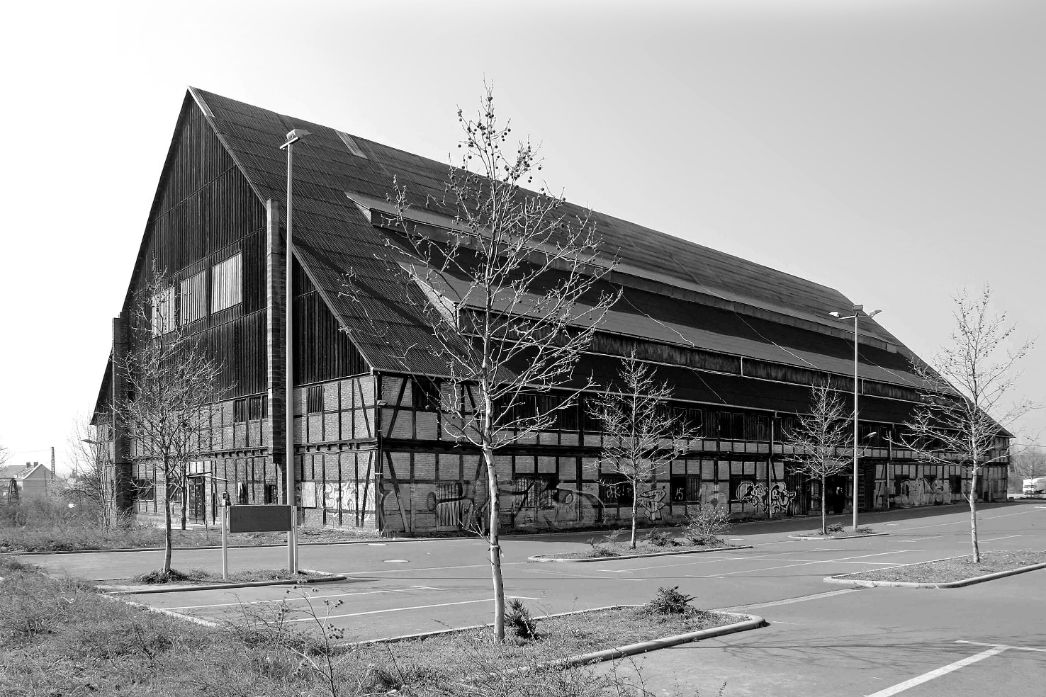
After the start of the war in September 1939, most of the prisoner transports destined for Buchenwald concentration camp arrived at the goods station. The deportees, who came from all over occupied Europe, usually had to cover the last eight kilometres to the concentration camp on foot via Ettersburger Straße. The French resistance fighter Floréal Barrier remembers "convoys of exhausted people who, leaving their dead behind and surrounded by SS men with dogs, were forced to climb this 'blood road', often on foot, before finding themselves helpless in this enclosure of electrified barbed wire, this hell".
On 16 October 1942, 405 Jewish Buchenwald prisoners were deported to Auschwitz in freight cars of the Deutsche Reichsbahn. It can be assumed that the goods station was also the starting point for the extermination transports that left the concentration camp in 1944. After the Buchenwald railway was built in the spring of 1943, the concentration camp was given its own railway station; however, the trains still had to be shunted in Weimar.
Cattle auction hall
At the beginning of May 1942, the hall next to the goods railway station, which had been built in 1937 for cattle auctions, served as a collection point for Thuringian Jews before their deportation. Survivor Laura Hillman, née Hannelore Wolff, remembers how the people in the hall were brutally searched for valuables, robbed and beaten. After hours of waiting, the transport travelled via Leipzig to the Belzyce ghetto near Lublin in eastern Poland. From there, most of the approximately 1,000 deportees from Thuringia and Saxony were dragged to the Majdanek concentration camp and suffocated in gas chambers. Laura Hillman, who was 18 years old when she was deported, survived the Krasnik, Budzyn, Plaszow, Auschwitz-Birkenau and Brünnlitz camps, where she worked for Oskar Schindler.
In 2015, the cattle auction hall was destroyed in a major fire layed by three arsonists. Since then, there have been plans to turn the site into a place of remembrance.
